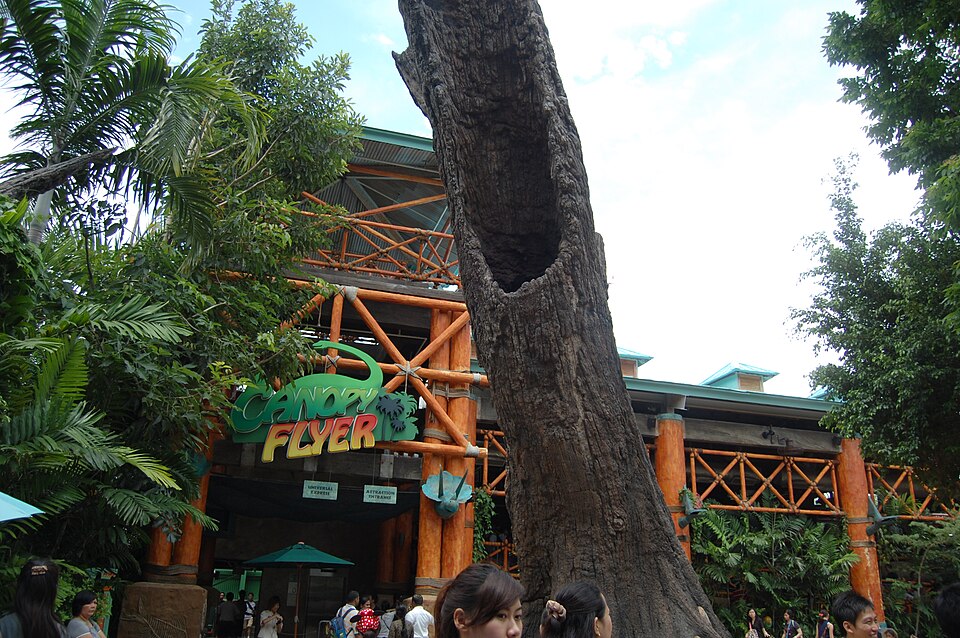Young Creatives Occupy Hidden Studios in Singapore's Urban Corners

SINGAPORE — In a city where real estate is at a premium, a new trend is emerging among young creatives who are transforming modest, often overlooked spaces into vibrant studios for fashion, music, and wellness. These small units, typically around 600 square feet, serve as hideouts for budding entrepreneurs and artists looking to carve out a niche in Singapore's competitive creative landscape. This phenomenon has gained traction in places like Tanjong Pagar, where boutique Upstairs Garments has made a name for itself despite its unassuming location.
The journey to uncover these hidden gems often involves navigating narrow doorways and climbing stairs, as many of these spaces do not boast grand entrances or signage to attract foot traffic. For instance, Upstairs Garments, which showcases archival designs from renowned labels such as Comme des Garçons and Yohji Yamamoto, initially relied on word-of-mouth to draw in customers. Recent efforts, including the placement of a sandwich board outside their shophouse, have begun to bridge the gap between the creative offerings inside and the unsuspecting passersby outside.
According to Carmen Sin, a cultural observer and writer for The Straits Times, the rise of such studios reflects broader trends in urban living and the challenges of affordability. "These spaces represent not only a creative outlet for young people but also a response to the soaring rental prices in Singapore. Many are seeking to make the most of what little space they can afford," Sin states in her July 2025 article.
The appeal of these studios extends beyond their physical attributes. They foster a sense of community among young creatives, providing a platform for collaboration and innovation. With the rise of remote work and the gig economy, these spaces have become especially relevant. Dr. Mark Cheong, an urban studies expert at the National University of Singapore, notes that "the flexibility and adaptability of these shoebox studios are essential for the current generation, who prioritize experiences and creativity over conventional career paths."
However, the growth of these studios has not been without challenges. Many operators face issues related to zoning regulations and the balance between maintaining a creative environment and adhering to commercial standards. As noted in a report by the Urban Redevelopment Authority of Singapore, the city has seen an increase in mixed-use developments that encourage artistic pursuits, yet the regulatory framework can often be a hurdle for small businesses trying to establish themselves.
In conclusion, the trend of young creatives occupying under-the-radar studios highlights a significant shift in Singapore's urban landscape. As these spaces become more prevalent, they not only contribute to the cultural fabric of the city but also reflect the evolving needs and aspirations of a generation navigating the complexities of modern life. Looking ahead, the sustainability of these creative hubs will depend on the ongoing support from both the community and the government, ensuring that they can thrive amidst the challenges of urban development and real estate pressures.
Advertisement
Tags
Advertisement





